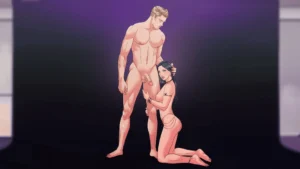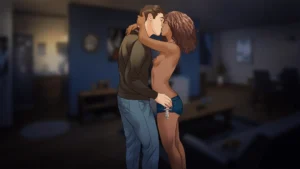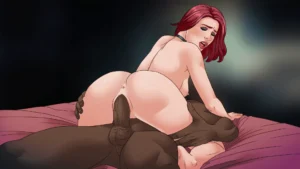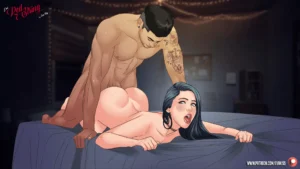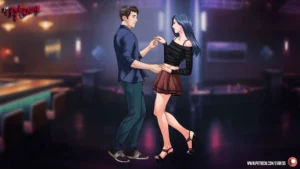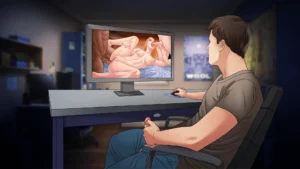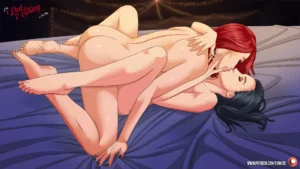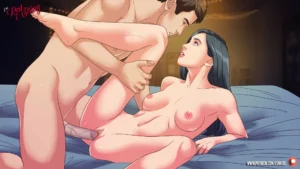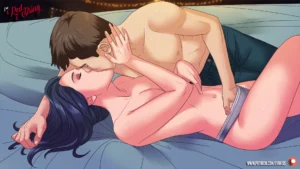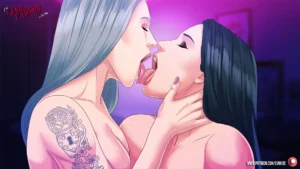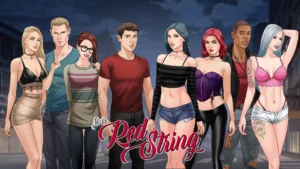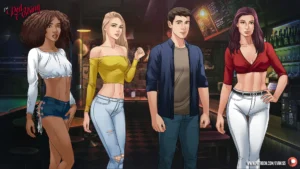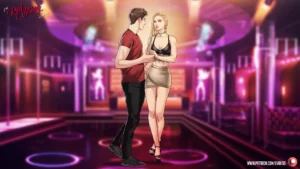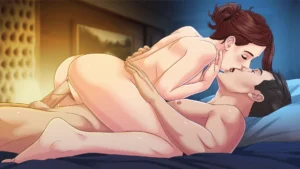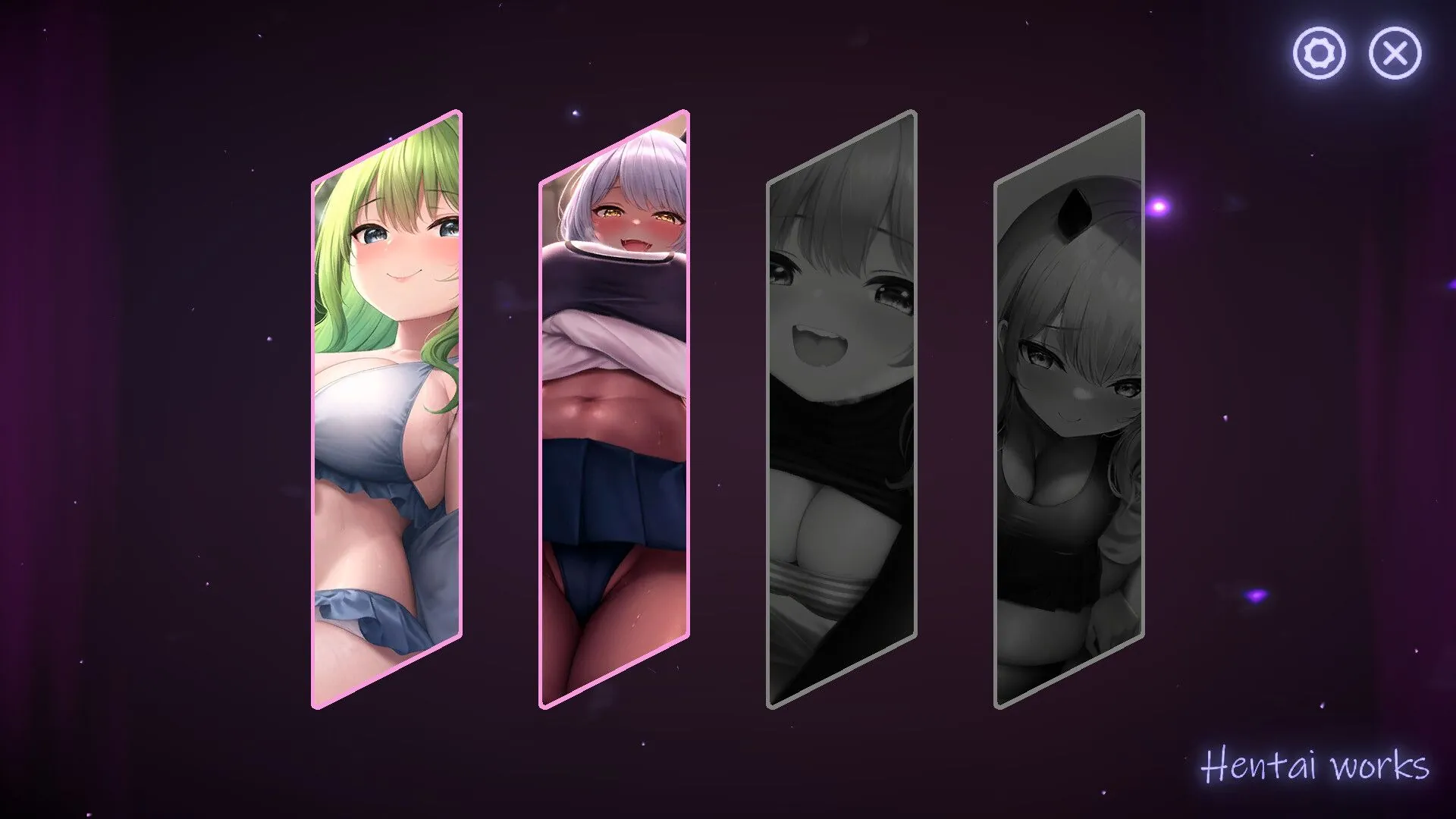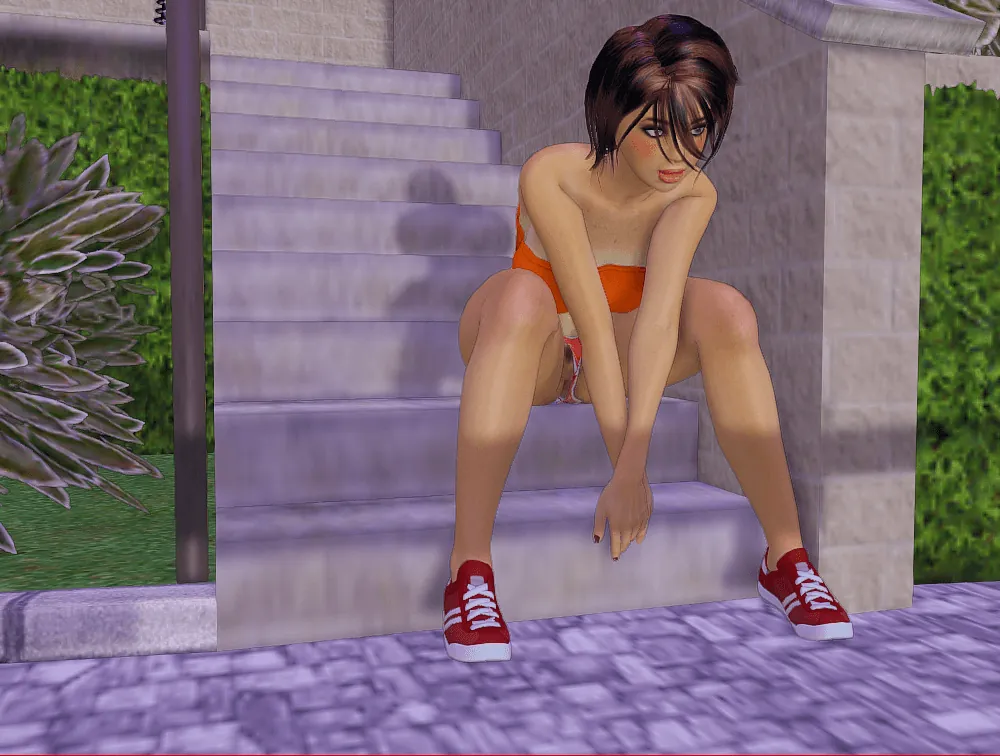
Our Red String
Play Our Red String
Our Red String review
Explore the Intricacies, Characters, and Gameplay of Our Red String
Our Red String is a distinctive visual novel game known for its complex branching storytelling and richly developed characters. This game offers players meaningful choices that impact long-term story outcomes, setting it apart from typical narrative games. In this article, we’ll explore what makes Our Red String captivating, from its narrative depth to its gameplay features, helping you understand why it has gained a dedicated following.
What Makes Our Red String Stand Out?
Innovative Branching Storytelling
Let’s be honest, a lot of games promise that “your choices matter,” only for you to find out they lead to the same three endings with a slightly different filter. 🙄 I was fed up with that illusion of choice. Then I played Our Red String, and it genuinely redefined what I expect from a branching narrative game. The Our Red String storytelling isn’t just a feature; it’s the entire foundation, a complex web where every thread you pull can unravel or re-weave the entire tapestry of the narrative.
What sets it apart is the sheer depth of consequence. This isn’t about picking a dialogue option to get a few extra points with a character. We’re talking about decisions that ripple through chapters, altering character motivations, closing off entire story arcs, and opening new ones you didn’t even know existed. The game masterfully explores the moral implications of game choices, forcing you to confront the real-world weight of your actions. Is a small lie to protect someone worth the erosion of trust that may follow months later? Our Red String doesn’t give you easy answers.
I once made what I thought was an innocent, pragmatic choice early on—agreeing to keep a secret for one character. I didn’t think much of it until ten chapters later, that secret became the central point of a massive confrontation, permanently damaging a relationship I had spent the entire game carefully building. I was genuinely heartbroken, and I immediately started a new playthrough. That’s the power of its narrative.
The structure ensures incredible visual novel replay value. You aren’t just replaying to see a different romance option; you’re replaying to experience a fundamentally different story. Your second playthrough can feel like a completely different game, with new scenes, conflicts, and character dynamics based on the path you forge. The Our Red String storytelling is built for multiple journeys, each one uniquely personal.
Here’s a small example of how a single early interactive story choice can diverge:
| Your Early-Game Choice | Immediate Impact | Long-Term Consequence (Chapters Later) |
|---|---|---|
| Confront a friend about their destructive behavior. | They get angry and leave the scene. | They become a driven, self-reliant character but your friendship is strained and formal. |
| Ignore the behavior and offer silent support. | They appreciate your loyalty in the moment. | They become dependent on you, leading to a major crisis where they blame you for not stopping them earlier. |
See? There’s no “good” or “bad” choice—just different, equally compelling shades of gray. 🎨 This is the core of the innovative Our Red String storytelling.
Character Development and Relationships
If the branching narrative is the skeleton of Our Red String, then the Our Red String characters are its beating heart. ❤️ These aren’t archetypes or tropes; they are beautifully flawed, complex individuals whose personalities and relationships are directly sculpted by your interactive story choices. You don’t just observe their growth; you are an active participant in it.
The protagonist’s personality is largely a blank slate defined by your decisions. Are you compassionate or pragmatic? Forgiving or resentful? The game doesn’t judge you, but the Our Red String characters around you certainly will. Your core traits determine which conversations you can even have, which secrets are shared with you, and ultimately, who you become by the story’s end. Your relationships are living entities. A bond you nurture in one chapter can become a crucial lifeline—or a devastating weakness—further down the line.
Let’s talk about the supporting cast. Each main character has their own intricate web of desires, fears, and secrets. Your choices don’t just affect your relationship with them; they affect the relationships between other characters. You might inadvertently bring two friends closer together or become the wedge that drives them apart forever. The depth of the Our Red String characters is revealed through this interconnectedness.
| Character | Core Motivation | How Your Choices Shape Them |
|---|---|---|
| Lena | To escape a troubled past and find stability. | Your encouragement can make her resilient and independent, or your over-protectiveness can leave her fragile and reliant. |
| Ian | To prove his worth and escape the shadow of his family. | Your support can fuel his ambition healthily, or your skepticism can push him towards reckless, destructive decisions. |
The most memorable moments come from these subtle shifts. I remember one playthrough where I focused on being a loyal friend to one character, always having their back. By the end, they were successful, but they were also arrogant and isolated, believing they had achieved everything alone. I had helped create a monster by never challenging them. It was a powerful lesson on the moral implications of game choices and what true support really means. 🤯
Gameplay Mechanics and Player Choices
So, how does all this work in practice? The Our Red String gameplay is an elegant fusion of traditional visual novel elements and a sophisticated choice-driven engine. It’s deceptively simple on the surface, but beneath lies a complex system that tracks your every move. The primary Our Red String gameplay loop revolves around making those pivotal interactive story choices and living with the outcome.
The game brilliantly uses a “Relationship Value” system that goes far beyond a simple like/dislike meter. It’s a multi-faceted tracker that records trust, resentment, admiration, and romance separately. A character can trust you completely for your honesty but resent you for a difficult truth you told them. This creates incredibly nuanced dynamics. Furthermore, the game employs hidden flags for your major moral and ethical decisions, which remain dormant until the perfect moment to resurface and impact the plot.
This meticulous design is what creates the phenomenal visual novel replay value. You aren’t just clicking through different dialogue; you are engaging with a dynamic system. The Our Red String gameplay encourages experimentation. What happens if I play a selfish character? What if I always prioritize the greater good over individual relationships? Each path is valid and tells a complete, albeit different, story.
Here’s a practical tip for new players: Embrace your first playthrough blindly. Don’t save-scum to find the “best” outcome. The most authentic and powerful experience in this branching narrative game comes from committing to your decisions and witnessing the story you create, for better or worse. The tension and emotional weight are completely deflated if you reload every five minutes. Let the consequences land.
Another key piece of Our Red String gameplay advice is to pay attention to the quiet moments. Sometimes the most significant choices aren’t the dramatic, life-or-death decisions, but the small, seemingly inconsequential comments you make during a casual conversation. These can lay the groundwork for trust or suspicion that pays off much later.
The balance is perfect. You are constantly engaged, making choices that feel meaningful, and the narrative rewards your engagement with a story that feels truly yours. It’s a masterclass in how to design a branching narrative game where the player’s agency is both a gift and a responsibility. ✨
Frequently Asked Questions
How many different endings are there in Our Red String?
While the developers haven’t released an exact number, the true strength isn’t in a specific number of endings, but in the vast number of paths to get there. Due to the deeply branched narrative, your “ending” is a unique combination of character resolutions, relationship statuses, and world states, making the number of distinct conclusions incredibly high.
Can I ruin my game with a single bad choice?
“Ruin” is subjective! The game is designed so that there is no single point of failure that makes the story unplayable. However, a single choice can absolutely close off major story arcs or permanently alter key relationships. This isn’t a punishment; it’s a consequence that shapes your unique story. There’s always a path forward, even if it’s not the one you originally intended.
Is there a “true” or “canon” ending?
No, and this is a fundamental part of the game’s philosophy. The narrative reinforces that your journey and the decisions you make are what define the story. There is no single “correct” path. The “true” ending is the one that feels the most authentic to the character you’ve chosen to be throughout your playthrough.
Our Red String offers a compelling experience through its intricate storytelling and meaningful player choices. Its rich character dynamics and branching paths provide a game that invites multiple playthroughs and deep engagement. Whether you’re drawn to narrative complexity or interactive gameplay, Our Red String delivers a unique journey worth exploring. Dive in and discover the many layers this game has to offer.


